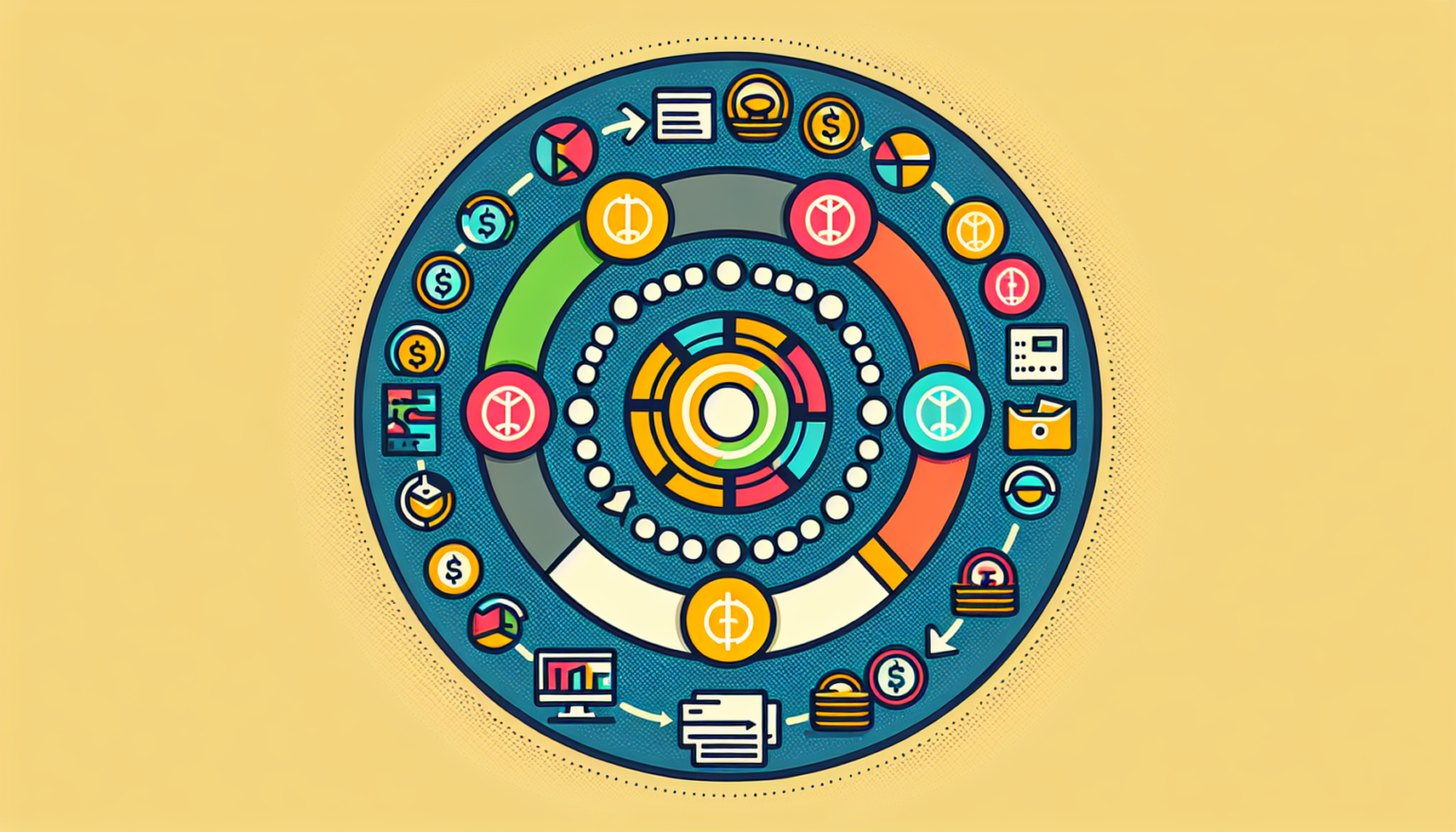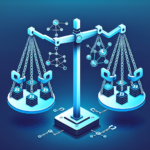What is a Token Lifecycle?
The token lifecycle in decentralized finance (DeFi) represents the journey a digital token embarks upon, from its creation to its eventual demise or re-purposing. Understanding this lifecycle is critical for anyone looking to navigate the rapidly evolving landscape of cryptocurrencies and DeFi applications.
Phases of the Token Lifecycle
Tokens typically go through several phases, each with its significance and requirements. Let’s break down these phases:
1. Creation
The creation of a token is the initial phase of its lifecycle. This process involves several key steps:
Defining Purpose
Before creating a token, developers must first define its purpose. Will it serve as a utility token, a security token, or perhaps a governance token? Each type of token comes with its own set of functionalities and implications in the DeFi ecosystem.
Smart Contract Development
Once the purpose is defined, the next step is to create a smart contract. Smart contracts are self-executing contracts with the agreement directly written into code on the blockchain. Popular platforms for token creation include Ethereum, Binance Smart Chain, and Solana. Developers need to ensure that the smart contract is secure and free from vulnerabilities to prevent hacks or exploits.
Initial Supply and Distribution
Deciding the total supply of the token is crucial. The creators will also need to determine how the tokens will be distributed initially. Will they be available through an initial coin offering (ICO), airdrops, or early investor allocations? The method of distribution can significantly affect the token’s market reception and future use.
2. Launch
After creation, the next phase in the token lifecycle is launching the token to the market. This phase involves more than just making the token available; it’s often accompanied by marketing and community-building efforts.
Marketing Campaigns
A well-thought-out marketing campaign is essential during the launch phase. Developers may utilize social media, partnerships, and various influencer endorsements to raise awareness about the token. Building a community around the token can create a foundation for long-term success.
Listing on Exchanges
For a token to be truly available to traders, it must get listed on cryptocurrency exchanges. This can be a lengthy and sometimes challenging process, as exchanges often have specific requirements. The more reputable the exchange, the better the visibility and accessibility for the token.
3. Adoption
Once the token is launched and listed, the next phase to consider is adoption. Adoption refers to how widely the token is used and accepted in real-world applications.
Utilization in DeFi Protocols
For utility tokens, their usefulness is often measured by how well they are adopted in various DeFi protocols. This could include being used as a means of payment, a staking option for earning rewards, or an integral part of governance mechanisms.
Building Partnerships
Strategic partnerships with other DeFi platforms can enhance the adoption rate. By integrating a token into multiple services, developers can expand their reach and elevate its utility, encouraging more users to engage with the token.
4. Liquidity and Trading
Following adoption, the token enters the liquidity and trading phase. This phase is vital for ensuring that the token remains active and valuable in the market.
Liquidity Pools
Liquidity pools are essential in DeFi as they allow users to trade tokens without relying on a traditional order book. By contributing to liquidity pools, users can earn rewards and generate trading fees. It’s crucial for token creators to assist in establishing adequate liquidity to prevent extreme price volatility.
Price Dynamics
As trading activity grows, various factors like demand, utility, and market sentiment begin to influence a token’s price. Understanding these dynamics can help token holders make informed decisions about buying, selling, or holding their tokens.
5. Community Engagement
Throughout the lifecycle of a token, community engagement remains critical. An engaged community can drive adoption and influence the token’s purpose and direction.
Governance Model
Implementing a governance model allows community members to participate in decision-making processes. Governance tokens give holders the power to vote on proposals related to the project, ensuring that the token evolves according to community needs and wishes.
Feedback Mechanisms
Creating channels for feedback, whether through forums or social media groups, can provide valuable insights. Encouraging open dialogue helps maintain community trust and showcases the developers’ commitment to improving the token’s utility and governance.
6. Maturity
As a token grows in the market, it may enter the maturity phase. This does not mean the token is stagnant; rather, it is now more established with a stable user base and predictable price behavior.
Ongoing Development
Mature tokens often experience ongoing development, addressing potential security flaws or adding new functionalities. Staying relevant in the fast-paced DeFi market requires continuous improvement and adaptation.
Market Position
In the maturity phase, a token may find its place among competing tokens. Its market position can influence other potential partnerships and collaborations, affecting its stability and future growth.
7. Sunset or Re-purposing
Every token’s lifecycle eventually leads to either a ‘sunset’ phase or a re-purposing opportunity.
Reasons for Sunset
A token may sunset due to various reasons, such as failing to meet user expectations, legal issues, or being outcompeted by more innovative solutions. When a token suns, it typically means winding down services and making the transition as smooth as possible for users.
Re-purposing Tokens
On the other hand, some tokens find a second life. The original purpose of the token may evolve based on community feedback or changing market conditions. In such cases, the token may undergo a rebranding or structural changes to better meet the needs of users and crypto enthusiasts.
Final Thoughts on Managing Token Lifecycles
Navigating the token lifecycle in decentralized finance requires a comprehensive understanding of each phase from creation to potential sunset. Developers, investors, and community members must remain proactive, engaged, and adaptable to leverage opportunities and mitigate risks throughout this dynamic journey. The landscape of DeFi is ever-changing, and those who understand the lifecycle will be better equipped to succeed.








